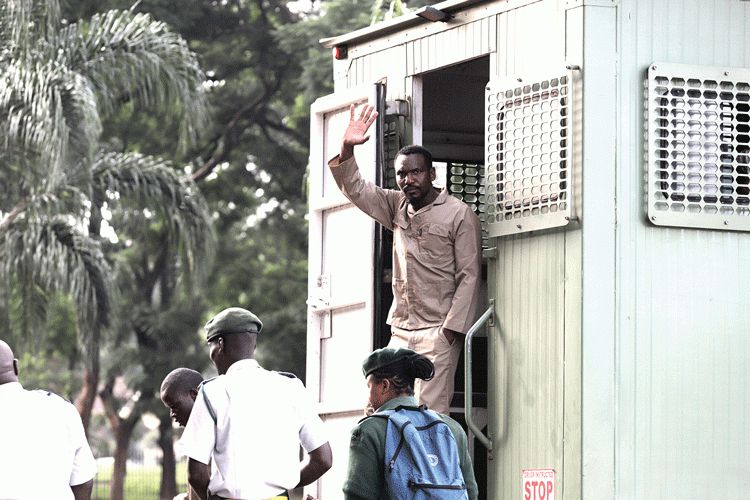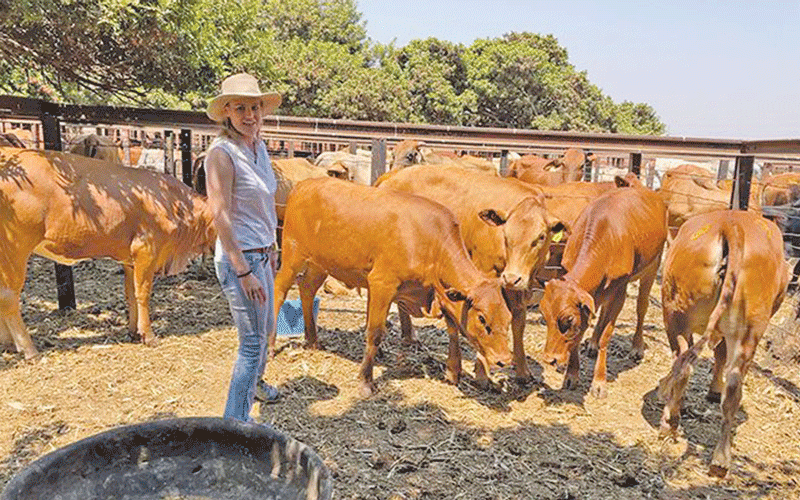UGANDA Airlines began flights to Zimbabwe on Wednesday in a major boost for the destination.
The carrier, which will ply the Entebbe-Harare route four times a week, joins a list of airlines that have considered Zimbabwe their hunting ground, capitalising on increased passenger demand in and out of the country.
The east African carrier is also considering Bulawayo and Victoria Falls as potential routes.
Foreign airlines are lured to Zimbabwe by the country’s open skies policy.
For the tourism sector, the increase in the number of airlines flying into the country is a vital ingredient since the industry is planning to return to pre-COVID-19 levels.
That push will be galvanised by increased flights which makes the destination accessible making it prime for meetings, incentives, conferences and exhibitions (Mice) tourism.
Zimbabwe is reaping from Mice tourism with Victoria Falls as the most preferred destination.
African countries such as Rwanda have capitalised on Mice tourism boosting their economies.
Regional carriers have been literally feasting on Zimbabwe, increasing frequencies amid growing demand.
The tussle by airlines for a piece of cake has made the destination cheaper to access.
However, as foreign carriers stampede to fly to Zimbabwe, authorities must not drop the ball.
The incentives in place must be maintained as the biggest beneficiary will be the economy as travellers spend during their stay.
Airlines must be allowed to repatriate their monies without hassle and the pricing of the tourism product must be competitive for the country to be the destination of choice and locals must not be elbowed out due to pricing.
The product also requires a renewal.
Local operators embarked on a sprucing up exercise ahead of last month’s Sadc summit.
That exercise must be extended to all resorts.
The programme to facelift the country’s airports must be accelerated.
The US$153 million upgrade of Robert Gabriel Mugabe International Airport has made it competitive and able to accommodate more carriers.
That programme should be extended to all airports so that they are able to attract airlines.
The National Development Strategy 1 blueprint places emphasis on air safety and security as well as airside and landside facilities as building blocks for the development and rebuilding of the country’s tourism industry.
“Increasing investments in aviation infrastructure can open up the country to more regional trade and increase the country’s competitiveness in the region,” the blueprint said.
It said while the government had been making “considerable efforts to improve the civil aviation infrastructure, more still needs to be done in terms of rehabilitation, upgrading, maintenance and expansion in critical areas”.
The blueprint said air traffic control and safety equipment was old and in need of replacement.
In this scramble for business, national carrier Air Zimbabwe is a fringe player in the game due to undercapitalisation and ageing equipment.
The airline has also been a museum of mismanagement, with former chief executive officers and parent ministry officials fingered in the rot.
Years of protection during which the government could not grant permission to other airlines to fly certain routes, in bid to protect the airline, deprived Air Zimbabwe of competition that could have prompted it to up its game.
The flag carrier has been a pale shadow of its former past.
A comparison to other national airlines such as Ethiopian Airlines illustrates how Air Zimbabwe regressed.
It has become a bit player as airlines scramble for the country’s airspace.
Air Zimbabwe must be key in the game if the country is to reap more benefits from the open skies policy.





